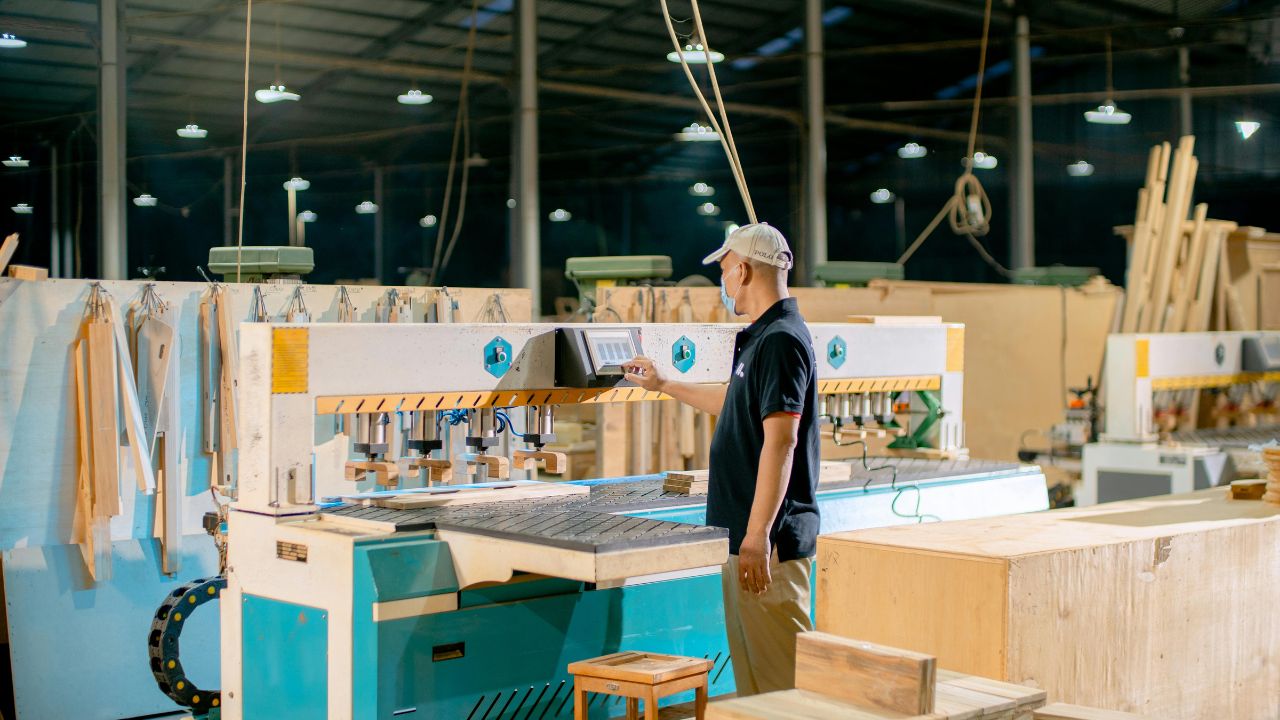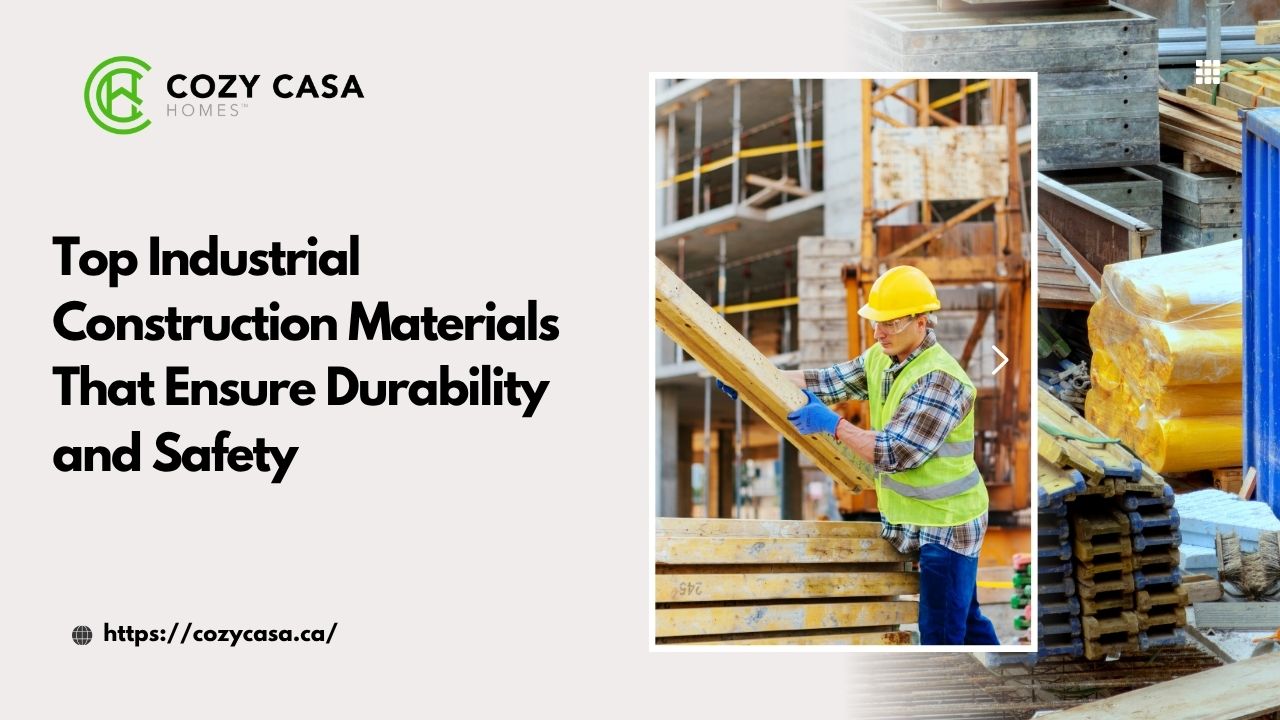Managing construction jobs is no small feat, especially when working with a large-scale firm like PCL Construction. Renowned for its efficient systems and large project portfolios, PCL demands a high level of coordination, oversight, and adherence to best practices to ensure seamless execution. Whether you are a project manager, client representative, or contractor, understanding the essentials of managing PCL construction jobs can be the difference between a well-oiled machine and a costly delay.
This blog explores the best practices that contribute to the successful management of PCL construction jobs, offering insights into project scheduling, communication, compliance, risk mitigation, and post-construction workflows. At CozyCasa, we echo many of these industry-leading strategies while offering the hands-on personalization of a boutique construction partner. Learn more about our project management approach here.
Core Considerations Before Managing a PCL Construction Job
Understanding the unique standards and methodologies of PCL is vital before stepping into a managerial role on one of their projects. Here are key foundational elements that shape the management environment.
Emphasis on Integrated Project Delivery (IPD)
PCL is a strong proponent of Integrated Project Delivery (IPD), a collaborative approach that brings together all stakeholders—owners, architects, engineers, and builders—early in the project.
As a manager, recognizing the value of early collaboration helps align project goals, improve trust among stakeholders, and streamline workflow, ultimately leading to better results and fewer conflicts. This unified approach also reduces adversarial relationships and fosters problem-solving mindsets.
Leveraging Technology and BIM Models
Technology drives much of PCL’s project execution. They heavily rely on Building Information Modeling (BIM) to plan, simulate, and manage projects virtually before breaking ground.
Being fluent in these digital tools is essential for managers. It allows for better decision-making, clash detection, and real-time updates that can significantly reduce rework and keep projects on track. Moreover, BIM aids in lifecycle costing, enabling better facility management after project handover. Managers should also explore integrations with VR or AR to offer immersive stakeholder presentations.
Focus on Sustainability and Compliance
PCL incorporates sustainability in nearly all its construction jobs. Understanding how to manage LEED requirements, environmental compliance, and energy efficiency goals is a must.
This proactive approach not only meets regulatory requirements but also supports PCL’s long-standing commitment to sustainable development—a value that aligns closely with CozyCasa’s own eco-first philosophy. Managers must also track environmental metrics and submit regular reports during construction. Understanding how to work with local green certification agencies can also improve project delivery outcomes.
Data-Driven Decision Making
Project managers at PCL are expected to use data to inform decisions, forecast potential delays, and measure performance. This includes monitoring KPIs, budget variance, and productivity metrics.
Embracing this analytical mindset ensures that resources are used effectively and that deviations are addressed promptly with well-grounded solutions. Data analytics also supports accountability across teams and subcontractors. Advanced analytics platforms may also integrate forecasting models and automated report generation.
Collaboration with Subcontractors and Vendors
PCL projects involve multiple subcontractors and suppliers. Managers need to establish clear expectations, communication channels, and milestone tracking to prevent bottlenecks and ensure everyone stays accountable.
Having experience in vendor relationship management and supply chain coordination is vital in delivering projects on time and within budget. Building long-term partnerships with key vendors also boosts material reliability. Leveraging smart contracts or blockchain tools can ensure transparency and contractual compliance.
Top 10 Best Practices for Managing PCL Construction Jobs
1. Start with a Robust Kickoff Meeting
The kickoff meeting is your opportunity to bring all parties onto the same page. Clearly outline project goals, deliverables, roles, and timelines.
Set the tone for collaboration and create a shared understanding of how decisions will be made. This practice fosters alignment and preemptively addresses potential confusion. Involving local authorities and community leaders early on can also streamline compliance. A formalized agenda and documented action plans provide traceability.
2. Develop a Master Schedule with Milestone Tracking
A comprehensive schedule helps manage resources, subcontractor timelines, and inspection cycles. PCL expects precision in planning.
Use Gantt charts and project management tools to map out critical path activities and establish checkpoints for review. This keeps stakeholders aware of progress and deviations. Managers should also integrate weather forecasts and buffer zones in scheduling. Real-time schedule dashboards help visualize bottlenecks instantly.
3. Prioritize Clear and Frequent Communication
Open, transparent communication is essential. Use structured daily briefings, weekly progress reports, and digital dashboards to keep all stakeholders informed.
Ensure that field and office teams are aligned in goals and updates, reducing the chances of misunderstandings or scope creep. Good communication practices build trust and encourage faster decision-making. Encourage the use of centralized communication platforms to avoid information silos.
4. Maintain Rigorous Safety Standards
PCL has a zero-tolerance policy for safety lapses. Managers must enforce safety protocols, provide regular training, and conduct safety audits.
Safety isn’t just a regulatory concern—it builds trust, boosts morale, and helps avoid delays caused by workplace incidents. Invest in wearable tech and AI-based safety monitoring tools for real-time hazard alerts. Safety recognition programs can further drive compliance and positive behavior.
5. Implement Risk Mitigation Protocols
From weather delays to supply chain disruptions, risks are inevitable. A detailed risk mitigation plan helps prevent small issues from becoming major setbacks.
Conduct risk assessments early and revisit them regularly. Include escalation procedures for critical issues to be handled quickly and effectively. Maintain a risk register that’s updated in weekly reviews. Predictive analytics can also offer proactive insights on high-risk tasks.
6. Use BIM and Field Technology for Real-Time Monitoring
Leverage BIM models and mobile field apps to track progress and flag issues early. These tools offer a visual and data-rich approach to identifying and resolving conflicts.
Integrating digital tools into your workflow enhances accuracy, shortens review cycles, and fosters team accountability. Site drones and IoT sensors can enhance live tracking and on-site surveillance. Cloud-integrated platforms also provide remote access and updates.
7. Establish Quality Control Checkpoints
Quality assurance should be embedded at every phase. Use detailed inspection checklists, submittal logs, and punch lists to maintain standards.
Frequent quality checks reduce rework and ensure the project aligns with PCL’s high standards of craftsmanship and performance. Include third-party inspections for high-value assets or systems. Implementing a digital quality management system also facilitates audit readiness.
8. Promote a Culture of Continuous Feedback
Create feedback loops where team members can report problems, suggest improvements, or voice concerns without hesitation.
Encouraging this culture fosters innovation and helps prevent minor issues from escalating. Continuous feedback also boosts team morale and engagement. Anonymous surveys can be used for honest input. Consider feedback dashboards to track common themes and corrective action status.
9. Streamline Submittals and Approvals
Submittal delays can derail project timelines. Use software platforms to automate submittal processes and assign accountability for follow-ups.
Ensure that technical reviews are timely and that changes are logged and communicated clearly. This keeps the job moving without surprises. Use AI-assisted document control for version management. Cloud-based approval tracking also allows real-time status visibility.
10. Prepare for Turnover and Post-Construction Services
Handover is as important as buildout. Coordinate inspections, final walk-throughs, and warranty documentation well in advance.
Post-construction support like maintenance manuals, client training, and feedback surveys ensure long-term satisfaction and project integrity. Implement digital twin models to support long-term asset management. Include a 30/60/90-day post-occupancy review to address early use-phase issues.
Why CozyCasa Champions These Practices
At CozyCasa, we may not operate on the massive scale of PCL Construction, but we share a commitment to precision, transparency, and quality. Our projects are managed with the same rigor, powered by collaboration, and informed by industry best practices.
We combine the best of what PCL offers—digital tools, sustainability, client-first management—with the warmth and attentiveness of a boutique firm. If you’re seeking a construction partner that prioritizes your experience and outcome, CozyCasa is here for you. Discover how we bring best-in-class management to every build here.
Conclusion
Managing PCL construction jobs requires discipline, foresight, and an agile mindset. With the right best practices—from risk planning and quality assurance to technology integration and transparent communication—you can deliver outstanding outcomes in line with PCL’s high standards.
And if you’re looking for a team that applies these same principles to deliver personalized, community-driven projects, CozyCasa is your trusted choice. Let’s build better, together. Our approach ensures you benefit from the sophistication of large-scale project management with the added advantage of local expertise, personal service, and a genuine commitment to quality.
FAQs
- What tools does PCL use for construction management?
BIM, digital dashboards, mobile project apps, and field monitoring tools. - How important is scheduling in PCL construction jobs?
Extremely—it’s vital for coordinating teams, maintaining timelines, and avoiding delays. - Does PCL require specific safety training?
Yes, including OSHA compliance, fall protection, and emergency response protocols. - What role does BIM play in managing PCL projects?
It supports real-time updates, design validation, lifecycle analysis, and clash detection. - How do you handle change orders with PCL?
Through structured documentation, approval workflows, and digital revision tracking. - Are sustainability practices mandatory on PCL jobs?
Yes, especially on government and LEED-certified projects that require energy benchmarks. - What’s the best way to ensure quality on-site?
Adopt QMS platforms, conduct regular audits, and assign quality control champions. - What happens after a PCL project is completed?
Clients receive manuals, support contacts, and walkthroughs as part of commissioning. - How does CozyCasa apply PCL best practices?
By integrating technology, team collaboration, and customer-first service models. - Can smaller firms like CozyCasa match PCL’s standards?
Absolutely—with added agility, local knowledge, and client responsiveness.

